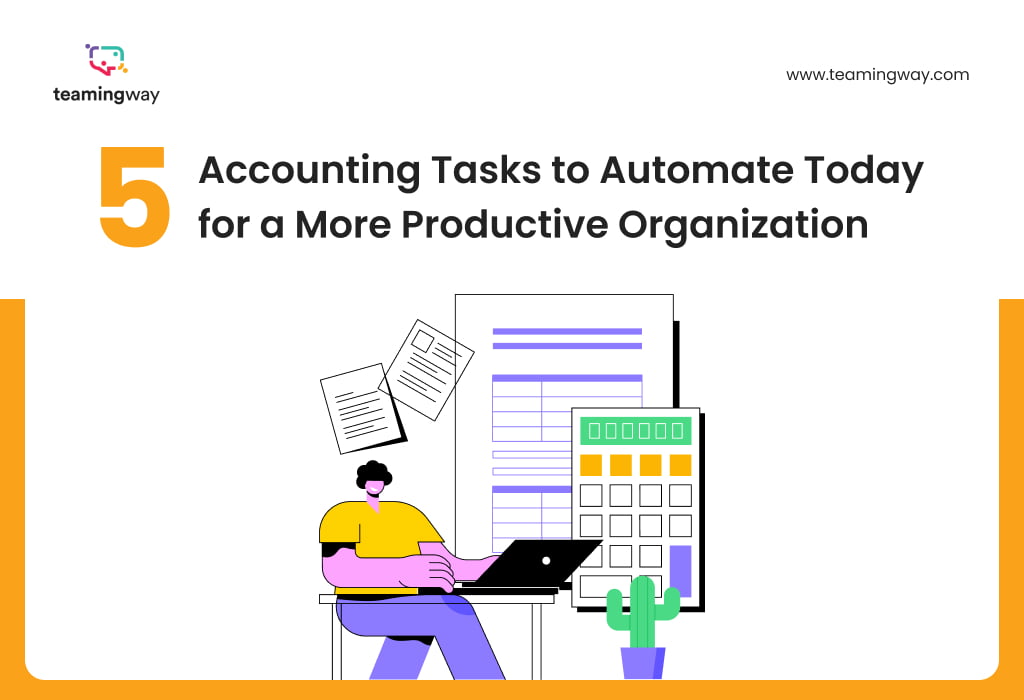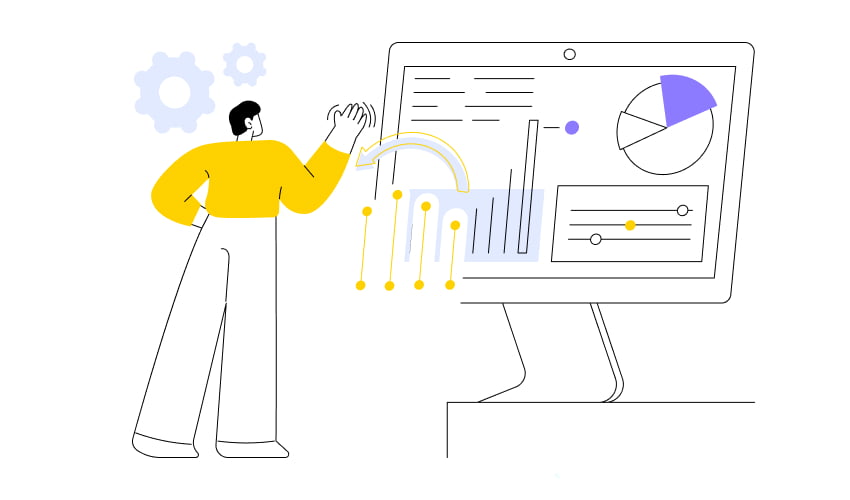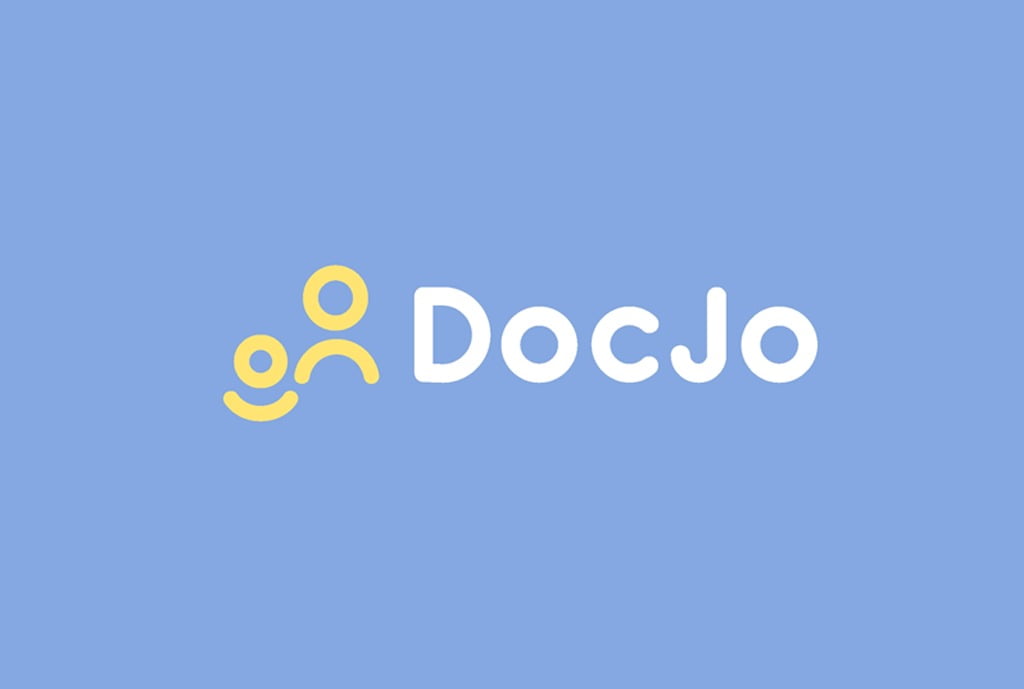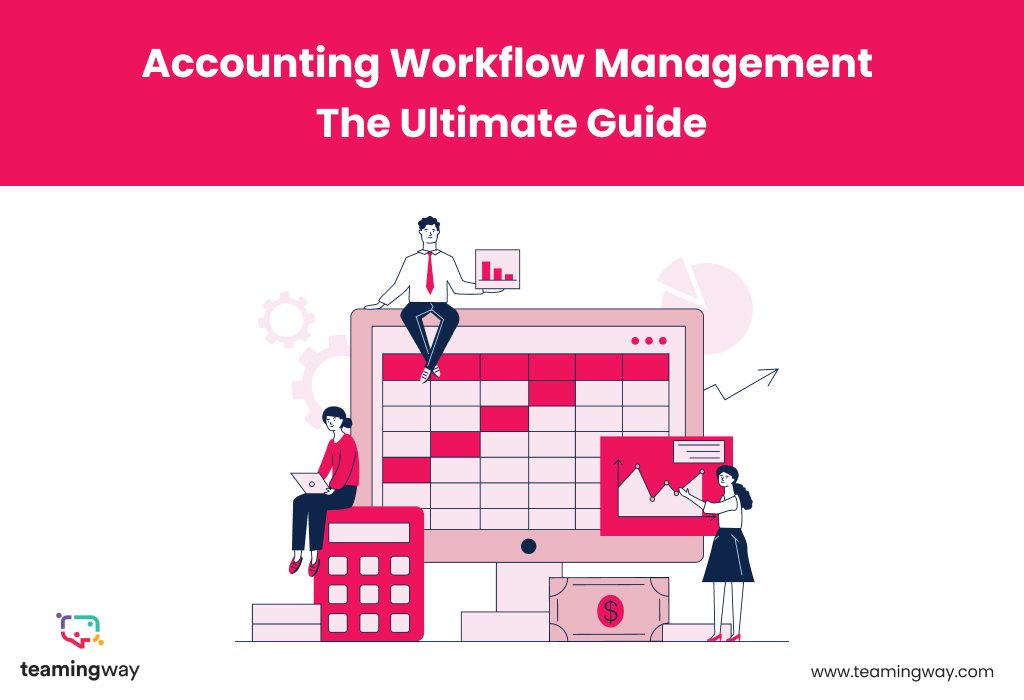
Efficiency is paramount in today’s fast-paced business landscape, and accounting, as a critical component of any organization, often involves time-consuming, repetitive tasks. Fortunately, technological advancements have paved the way for automation, revolutionizing accounting processes and freeing up financial professionals for strategic initiatives. Additionally, according to a survey conducted by the Association of Chartered Certified Accountants (ACCA), a significant 82% of finance professionals believe that automation has the potential to significantly improve the efficiency of accounting processes.
In this blog post, we will delve into five essential Accounting For Small Business tasks that can and should be automated to enhance productivity and accuracy while maintaining a professional and informative approach.

Advantages of Automation:
As businesses strive to stay competitive in today’s dynamic marketplace, investing in accounting automation has become an increasingly valuable strategy. Automation technology offers a whole spectrum of advantages that can revolutionize your financial operations, free up time, reduce costs, enhance accuracy, and empower data-driven decision-making. Furthermore, a study by McKinsey & Company found that automation can reduce the time spent on repetitive accounting tasks by up to 50%, allowing professionals to allocate their time to more value-added activities.
Let’s explore the distinct advantages of embracing accounting automation and how it can transform your organization.
Time Savings and Increased Efficiency:
The Journal of Accountancy reports that human error rates in manual data entry range from 1% to 5%; however, with automated data entry, accuracy rates can reach as high as 99%. By automating manual accounting tasks, you can save a significant amount of time for your accounting and finance team.
Mundane and repetitive activities like data entry, reconciliations, and report generation can be efficiently handled by automated systems. As a result, your team can focus on more strategic and value-added activities. This leads to improved productivity, faster turnaround times, and the ability to meet critical deadlines more effectively.
Cost Reduction and Resource Optimization:
Investing in accounting automation solutions may require an initial investment; however, the long-term cost savings are substantial. By reducing reliance on manual labor or outsourced accounting services, you can significantly cut operational costs. Moreover, automation streamlines processes minimizes the risk of errors and fraud, and eliminates the need for extensive manual oversight. As a result, you can optimize your workforce, redirecting human resources towards higher-value tasks that contribute directly to your organization’s growth and success.
Enhanced Accuracy and Reduced Risk:
Manual accounting processes are susceptible to human errors, which can have severe consequences for your financial records and decision-making. However, accounting automation eliminates the risks associated with manual data entry, calculation errors, and inconsistent practices.
In fact, a report published by the Association of Certified Fraud Examiners (ACFE) revealed that organizations with automated accounting systems experienced 50% lower fraud losses compared to those with manual systems. By implementing automated systems, you ensure that transactions are accurately recorded, financial statements are error-free, and compliance requirements are met.
Moreover, automation strengthens internal controls, mitigating the risk of fraud or unauthorized activities, and improving the overall integrity of your financial operations.
Consistency and Standardization:
Standardizing accounting practices across your organization can be challenging when relying solely on manual processes. Different individuals may interpret procedures differently or deviate from established guidelines. However, accounting automation promotes consistency by enforcing standardized workflows and ensuring uniformity in data entry, categorization, and reporting.
Furthermore, a report by Aberdeen Group, a market research firm, found that companies that automated their financial processes achieved a 91% higher rate of compliance with internal policies and external regulations. This indicates that automation not only streamlines operations but also improves adherence to regulatory requirements.
This consistency enhances the reliability and comparability of financial information, enabling stakeholders to make informed decisions based on accurate and consistent data.
Empowered Decision-Making:
Timely and accurate financial information is crucial for effective decision-making. With accounting automation, decision-makers are empowered with real-time access to up-to-date financial data, eliminating the need for time-consuming manual data gathering and consolidation. Additionally, automated systems generate comprehensive reports and offer customizable dashboards, enabling decision-makers to gain meaningful insights into their organization’s financial performance.
By having instant access to relevant financial information, decision-makers can make informed, data-driven choices. They can identify areas for improvement, assess the effectiveness of current strategies, and seize opportunities with confidence. This data-driven approach to decision-making enhances the overall agility and competitiveness of the organization.

Automate These 5 Tasks and Maximize Your Productivity
1. Data Entry and Bookkeeping:
Traditionally, data entry and bookkeeping have been labor-intensive tasks prone to human error. However, automation tools, including accounting software and cloud-based solutions, have transformed this process. According to a study conducted by the McKinsey Global Institute, automation can eliminate up to 43% of manual data entry tasks.
This highlights the significant impact that automation can have on reducing the time and effort spent on data entry and bookkeeping. By leveraging these tools, businesses can automate the capture and organization of financial data, extracting information from receipts, invoices, and bank statements. Consequently, this not only saves time but also minimizes the risk of manual errors, ensuring accurate and up-to-date records.
2. Expense Management:
Managing expenses can be arduous, particularly for larger organizations. According to a survey conducted by Certify, a leading expense management software provider, businesses using automated expense management systems experienced a 25% reduction in the time spent on processing expense reports. This finding underscores the significant time savings that automation brings to the expense management process. By automating expense management, businesses can simplify the process and enhance efficiency.
Employees can easily submit expenses through user-friendly mobile apps or online platforms, eliminating the need for paper receipts and manual processing. Additionally, automated systems can categorize expenses, reconcile them with bank transactions, and generate real-time reports, providing businesses with better control over their spending.
3. Invoicing and Accounts Receivable:
Sending out invoices and managing accounts receivable is a complex process with multiple steps and follow-ups. However, automation tools offer a streamlined solution by electronically generating and sending invoices, tracking payment status, and issuing reminders for overdue payments. A study conducted by Ardent Partners revealed that organizations with automated accounts receivable processes saw a 71% reduction in the average days’ sales outstanding (DSO). This significant reduction in DSO indicates the effectiveness of automation in expediting the billing and collection process.
The automation of these processes ensures prompt and accurate invoice delivery, facilitates efficient payment tracking, and enables timely follow-ups on outstanding payments. As a result, businesses can optimize their cash flow management, minimize delays in receiving payments, and foster stronger customer relationships.
4. Payroll Processing:
Accurate and timely payroll processing is crucial for any organization. However, manually calculating wages, deductions, and tax withholdings can be both time-consuming and error-prone. According to a study conducted by the American Payroll Association (APA), organizations that implemented payroll automation experienced an average error rate of only 0.2%. In comparison, organizations relying on manual payroll processing reported an average error rate of 1.2%. This significant difference in error rates underscores the effectiveness of automation in reducing payroll errors and ensuring accurate and compliant payroll processing.
Furthermore, the APA estimates that businesses can save up to 80% of the time typically spent on payroll processing by leveraging automation tools. By automating payroll functions, businesses can streamline calculations, automate tax filings, and facilitate direct deposits. This automation frees up HR and accounting personnel to focus on more strategic activities, such as employee development or financial planning. As a result, organizations not only improve their overall efficiency but also minimize the likelihood of errors or delays in payroll processing.
Financial Reporting and Analysis:
Generating comprehensive financial reports and analyzing key metrics is essential for informed decision-making. Automation tools play a vital role in this process by gathering data from multiple sources, consolidating it, and generating reports with minimal manual intervention. Moreover, a survey conducted by FSN Modern Finance Forum revealed that 79% of finance executives reported improved data accuracy when they implemented automated financial reporting and analysis systems. This statistic highlights the tangible benefits that automation brings to the accuracy and reliability of financial information.
Additionally, customizable dashboards and visualizations offer real-time insights into financial performance, empowering stakeholders with actionable information. Through automated financial reporting and analysis, organizations can save time, improve accuracy, and enable decision-makers to make data-driven choices with confidence. The availability of up-to-date and visually appealing reports enhances transparency and facilitates a better understanding of the financial landscape. As a result, stakeholders can navigate complex financial information more effectively and make informed decisions that drive organizational success.
Conclusion:
In conclusion, investing in automation technology not only streamlines operations but also demonstrates a commitment to staying at the forefront of modern Business Accounting practices. By embracing accounting automation today, organizations can leverage the power of advanced tools and software to maximize efficiency and ensure accurate financial information.
By embracing accounting automation today, organizations can embrace accounting automation and empower themselves with the ability to adapt and thrive in a rapidly evolving business landscape. Through enhanced productivity and accuracy, businesses can confidently make informed decisions that propel their growth and success.









